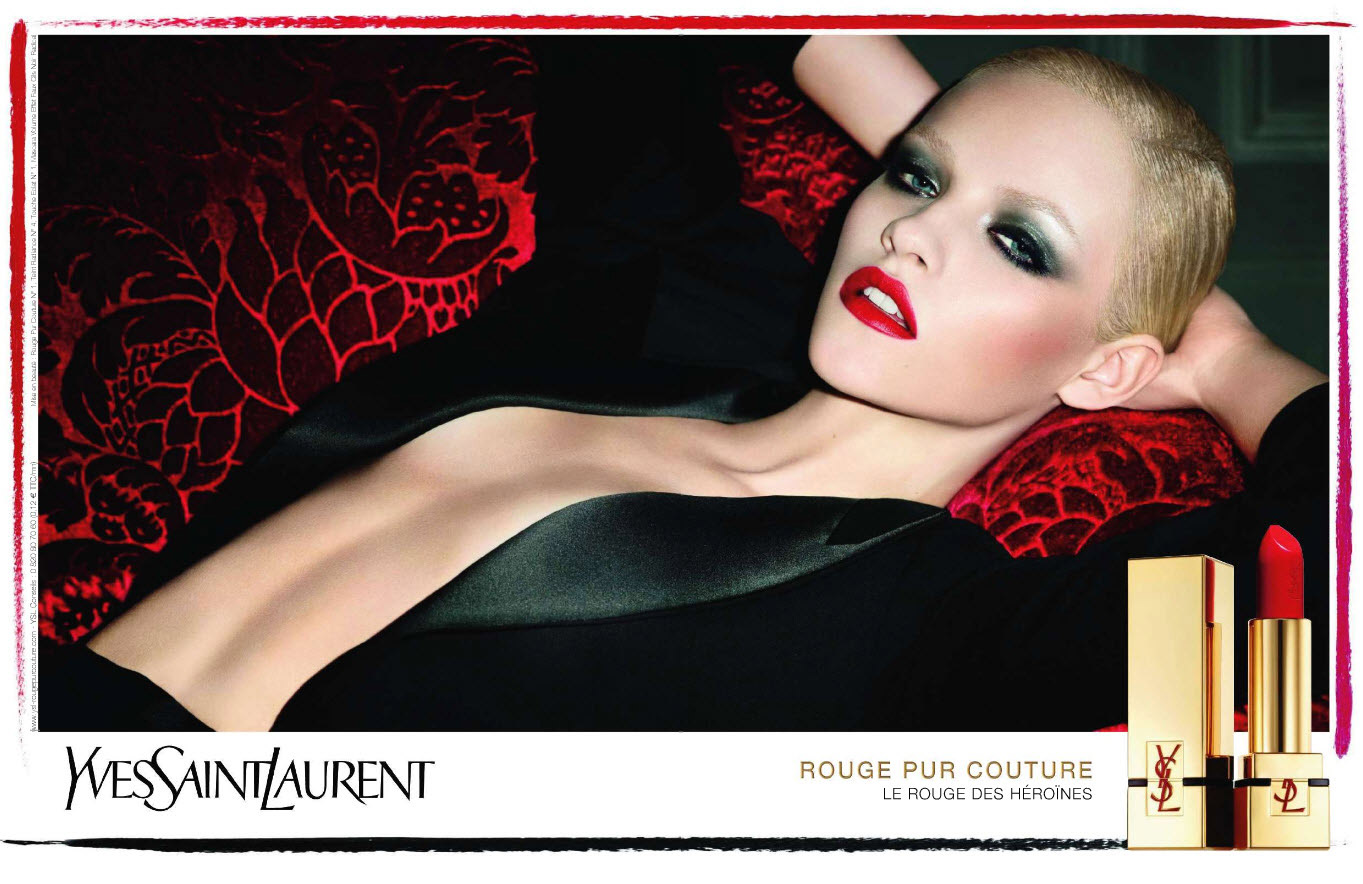Overall Comments
Richard, I think this assignment has proved to be invaluable in increasing your skill set in studio lighting, with the choice of the old petrol can working well as the primary subject. I can see why you chose not to use your guitar, as it would have limited you in certain aspects of the assignment, although it is worth thinking about trying some shots in the future. Your presentation of the assignment is excellent especially with the accompanying light diagrams, as again this will prove invaluable as you build on this set of images.
Assessment Potential (after Assignments 1 and 4)
I understand your aim is to go for the Photography Degree and that you plan to submit your work for assessment at the end of this course. From the work you have shown in this assignment, and providing you commit yourself to the course, I suggest that you are very likely to be successful in the assessment.
Feedback On Assignment
Shape – The first shape example relies on the silhouette technique and your example here works well, although I wonder if a less obvious angle of view could have worked better. One where the viewer is not entirely sure what the object actually is, so that the images and sequence become one of not revealing too much information for the viewer, a gradual revealing of the object if you like.
The second example allows more details to be revealed and the subtle lighting works very well. A different viewpoint could have also worked here, for example shooting the can from above, although this would have meant a slightly different lighting set up it could have been worth trying.
Form – You have illustrated form very well with these two images, the first one (maybe the crop is a little too tight?) works well and it is probably the best option in terms of showing the can in all of the sections, here we get the form, shape, colour and texture all in one shot.
The second shot is probably my favourite from the assignment as it shows the practicalities of the can perfectly; it draws the viewer in and makes them want to pick the can up! The three dimensional nature of the image (as you mention) goes a long way in making the above possible and is a great testament to your pre-visualisation skills, which have improved a lot as you have gone through this module.
Texture – There is a little bit of reflection on the left hand side of the can that spoils the first texture shot a little, the eye is drawn to the highlights straight away before ‘reading’ the image left to right. Again the crop seems a little too tight and allowing more room around the can could have worked better.
The second example works a lot better in terms of image quality and the angle of view, here you are also showing the viewer the working function of the can and by removing the cap you have given the can a kind of little animation. This is quite difficult to do within a studio setting but this shows that you have a good grasp of just what it takes to make an interesting image.
Colour – This seems to be the least strongest section of the assignment, there is little difference in the placing/framing of the can in both shots, although I think the second one where you used a gold reflector works the best as it plays on the actual colour very well. The first example is quite subtle although there is a little hotspot on the end of the can, which, because of the density of the image, does catch the eye.
I do think you are well suited to studio photography and from these initial results is definitely something that you should pursue in the future. Although maybe you need a heater of some kind for your garage!
Learning Log/Blog/Suggested Reading/Viewing/ Pointers For The Next Assignment
The final assignment in this section is a good chance to put together a fairly substantial piece of work that will need careful planning and research. The choice of subject is entirely up to yourself so if you have any ideas you wish to discuss please do get in touch.
















































